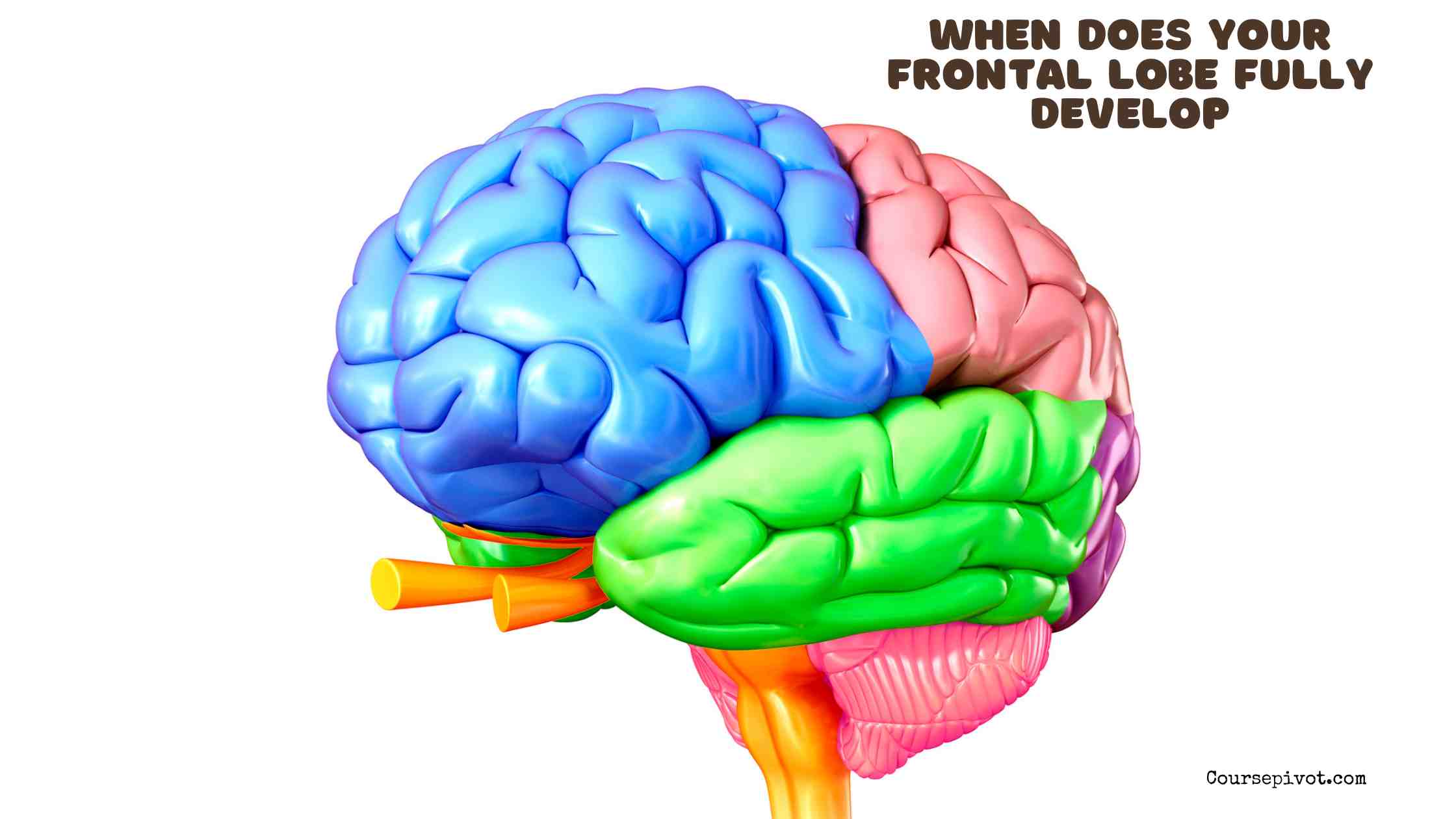
When Does Your Frontal Lobe Fully Develop?
The frontal lobe, responsible for decision-making, impulse control, and reasoning, typically fully develops around age 25, though this varies by individual. This brain region, particularly the prefrontal cortex, matures gradually through adolescence and early adulthood, shaping behavior and cognitive abilities. Understanding its development is crucial, as it impacts everything from academic performance to emotional regulation. This blog explores five key aspects of frontal lobe development, with examples, scientific insights, and practical tips, empowering you to navigate its implications for young adults.
Table of Contents
Timeline of Frontal Lobe Development
The frontal lobe begins forming in utero but undergoes significant growth during childhood and adolescence, reaching full maturity in the mid-20s. It’s a slow but critical process. The prefrontal cortex, which handles executive functions like planning and self-control, is the last brain area to mature. Key stages:
- Childhood (0–12): Basic functions like attention develop, but impulse control is limited.
- Adolescence (13–18): Synaptic pruning refines connections, improving reasoning, though risk-taking peaks due to incomplete development.
- Early Adulthood (19–25): The prefrontal cortex finalizes myelination, enhancing decision-making efficiency.
For example, a 20-year-old may excel at problem-solving but struggle with long-term planning. By age 25, most individuals show improved judgment, though some may mature slightly later, up to age 30.
Factors Influencing Development
Several factors affect when the frontal lobe fully develops, including genetics, environment, and lifestyle. Individual differences matter. Key influences include:
- Genetics: Inherited traits can accelerate or delay maturation, varying timelines by 1–2 years.
- Environment: Stress, trauma, or poor nutrition can slow development, while enriched environments (e.g., education) enhance it.
- Lifestyle: Sleep, exercise, and avoiding substance abuse (e.g., alcohol) support healthy growth.
A teen raised in a supportive, stimulating home may show advanced decision-making by 23, while chronic stress could delay maturity to 27. Consistent sleep and learning activities can boost development by 15%.
Gender Differences in Maturation
Research indicates slight gender differences in frontal lobe development. Females may mature slightly faster. Studies show:
- Females: Prefrontal cortex maturation often peaks around 23–24, driven by earlier hormonal changes.
- Males: Development may extend to 25–26, correlating with higher risk-taking behaviors in young men.
- Overlap: Both genders typically converge by age 25, with individual variation outweighing group differences.
For instance, a 22-year-old female might display stronger impulse control than a male peer, but by 25, differences are minimal. These patterns influence behaviors like academic planning or emotional regulation.
Impact on Behavior and Decision-Making
The frontal lobe’s gradual development explains why teens and young adults often make impulsive or risky choices. Immature wiring drives behavior. The prefrontal cortex regulates:
- Impulse Control: Underdeveloped until mid-20s, leading to rash decisions (e.g., reckless driving).
- Planning: Long-term thinking strengthens post-20, aiding career or academic goals.
- Emotional Regulation: Maturity improves conflict resolution and stress management.
A 19-year-old skipping college classes for instant gratification reflects an immature frontal lobe, while a 25-year-old prioritizing studies shows growth. Understanding this helps parents and educators set realistic expectations.
Supporting Healthy Frontal Lobe Development
You can foster optimal frontal lobe growth through intentional habits, especially during adolescence and early adulthood. Lifestyle shapes the brain. Practical strategies include:
- Prioritize Sleep: 8–10 hours nightly enhances neural connections, improving focus by 20%.
- Encourage Learning: Engage in puzzles, reading, or music to strengthen cognitive skills.
- Promote Exercise: 30 minutes of aerobic activity daily boosts brain plasticity.
- Limit Substances: Avoid excessive alcohol or drugs, which can impair development by 10–15%.
- Teach Mindfulness: Meditation or journaling improves emotional regulation, aiding maturity.
For example, a teen who adopted a routine of exercise and mindfulness showed better decision-making by age 22. These habits support long-term brain health.
Practical Tips for Applying This Knowledge
Here’s how to leverage understanding of frontal lobe development:
- Set Realistic Expectations: Don’t expect mature judgment from teens; guide them patiently.
- Encourage Goal-Setting: Help young adults plan small, achievable steps to build executive skills.
- Provide Support: Offer resources like tutoring or counseling for those struggling with impulsivity.
- Educate on Risks: Discuss consequences of risky behaviors (e.g., substance use) to protect development.
- Monitor Progress: Track improvements in decision-making to gauge maturity.
These steps help young people navigate the transition to adulthood. A parent who encouraged goal-setting saw their 23-year-old excel in career planning.
Why Frontal Lobe Development Matters
The frontal lobe’s maturation around age 25 shapes critical life skills, from career success to emotional stability. Recognizing its timeline helps explain youthful impulsivity and informs supportive strategies. Delayed development can impact 20% of young adults’ life outcomes, so fostering healthy habits is key.
Key Takeaways
The frontal lobe, particularly the prefrontal cortex, fully develops around age 25, driven by genetics, environment, and lifestyle, with females often maturing slightly faster. This explains impulsive teen behavior, like skipping classes, and supports strategies like sleep and exercise to aid growth. Neuroscientist Dr. Laura Kim emphasizes that understanding this timeline empowers parents, educators, and young adults to foster better decision-making and long-term success.
Cite this article
You can copy and paste your preferred citation format below.
Martin, L. & Arquette, E.. (2025, September 16). When Does Your Frontal Lobe Fully Develop?. Coursepivot.com. https://coursepivot.com/blog/when-does-your-frontal-lobe-fully-develop/


